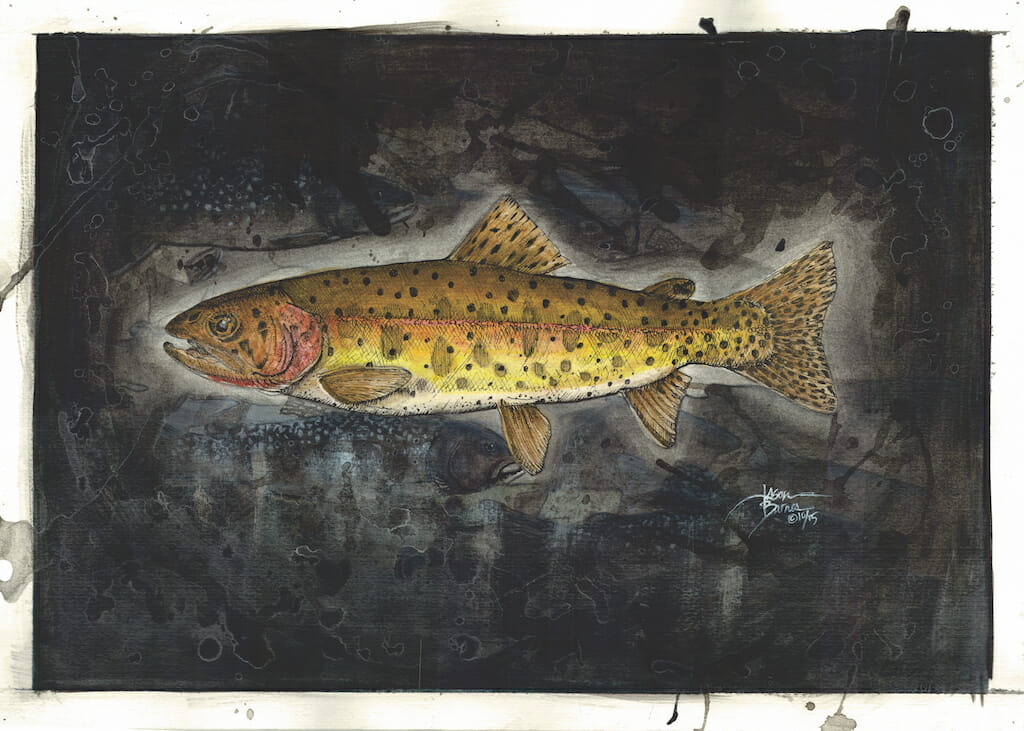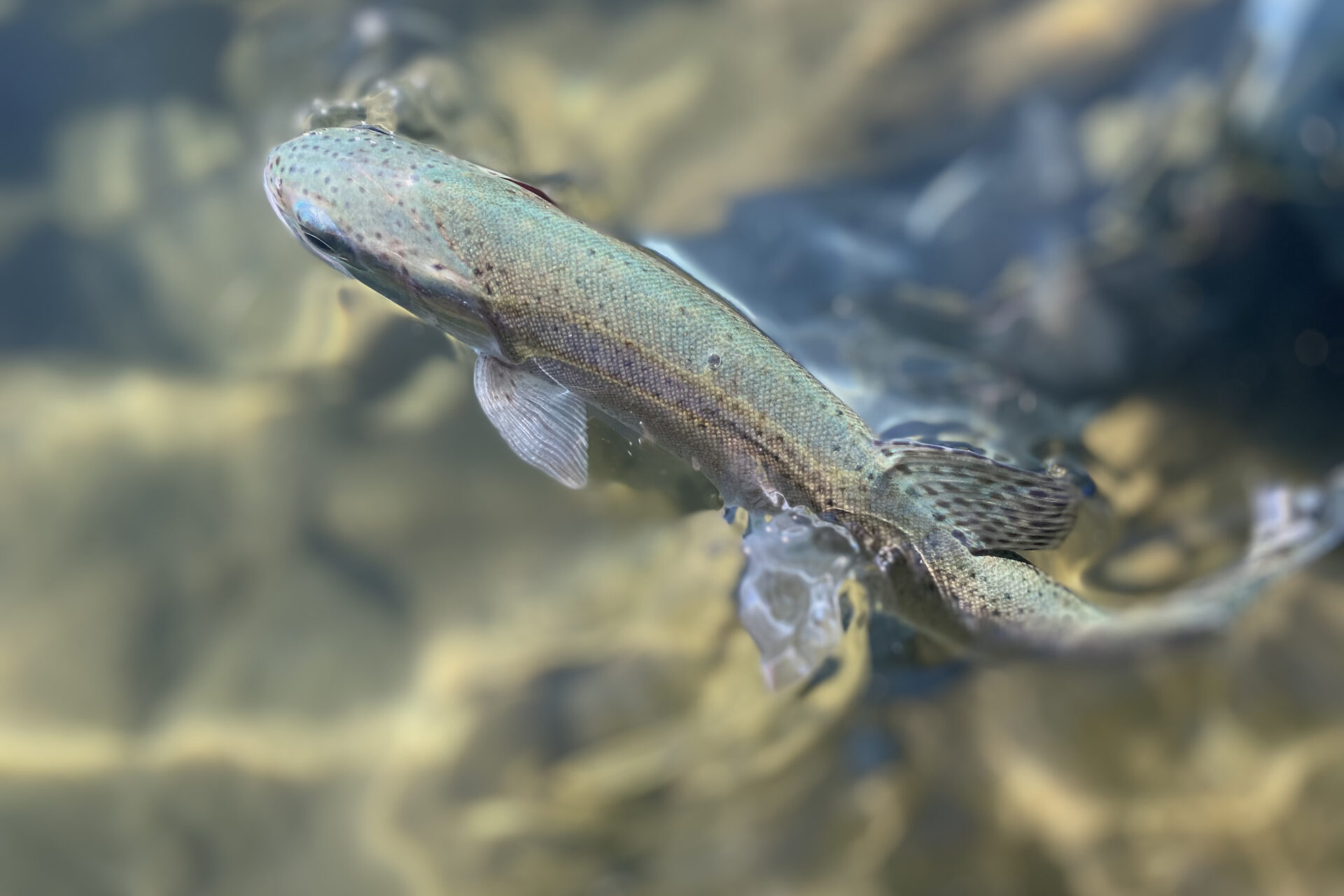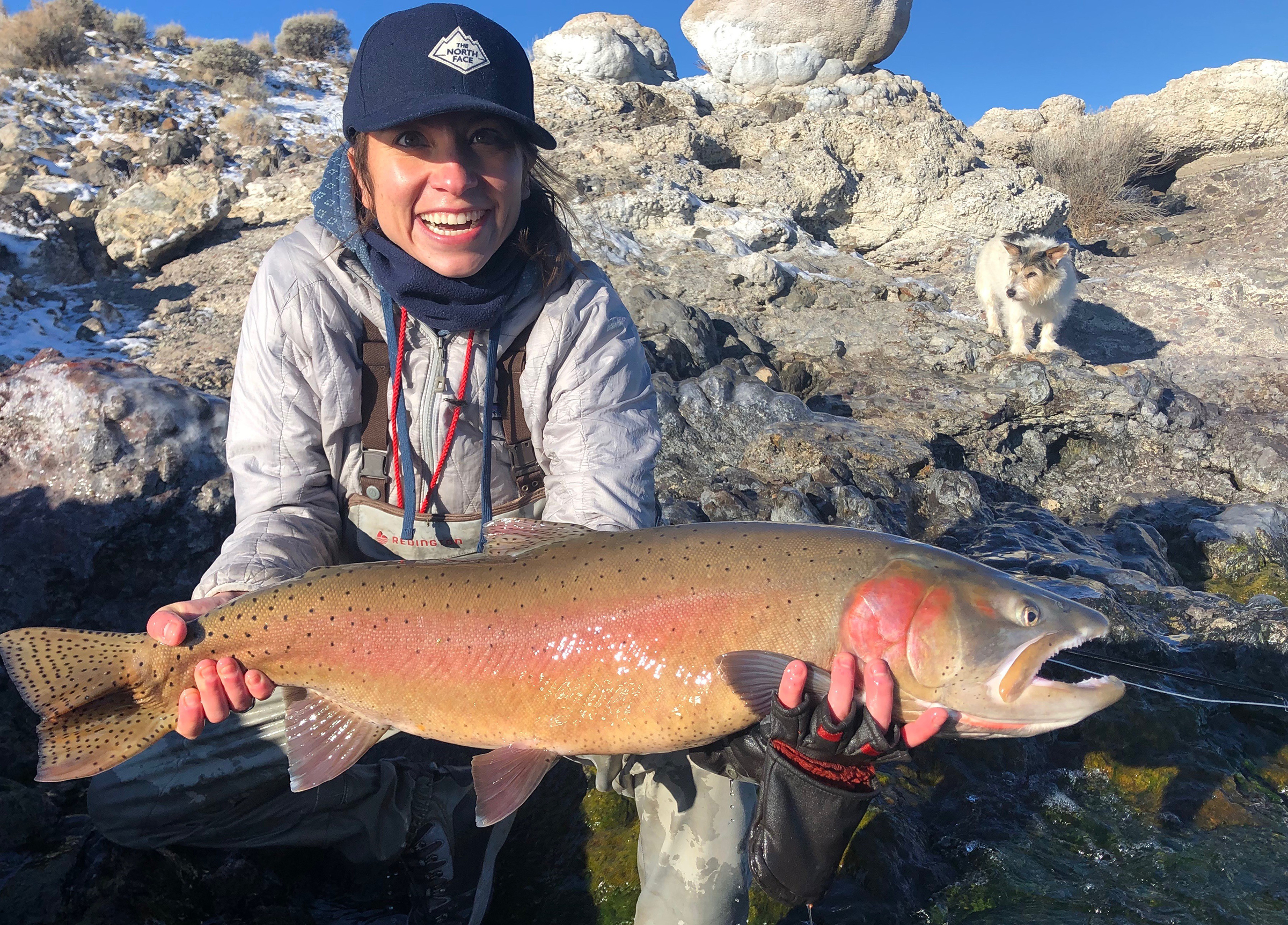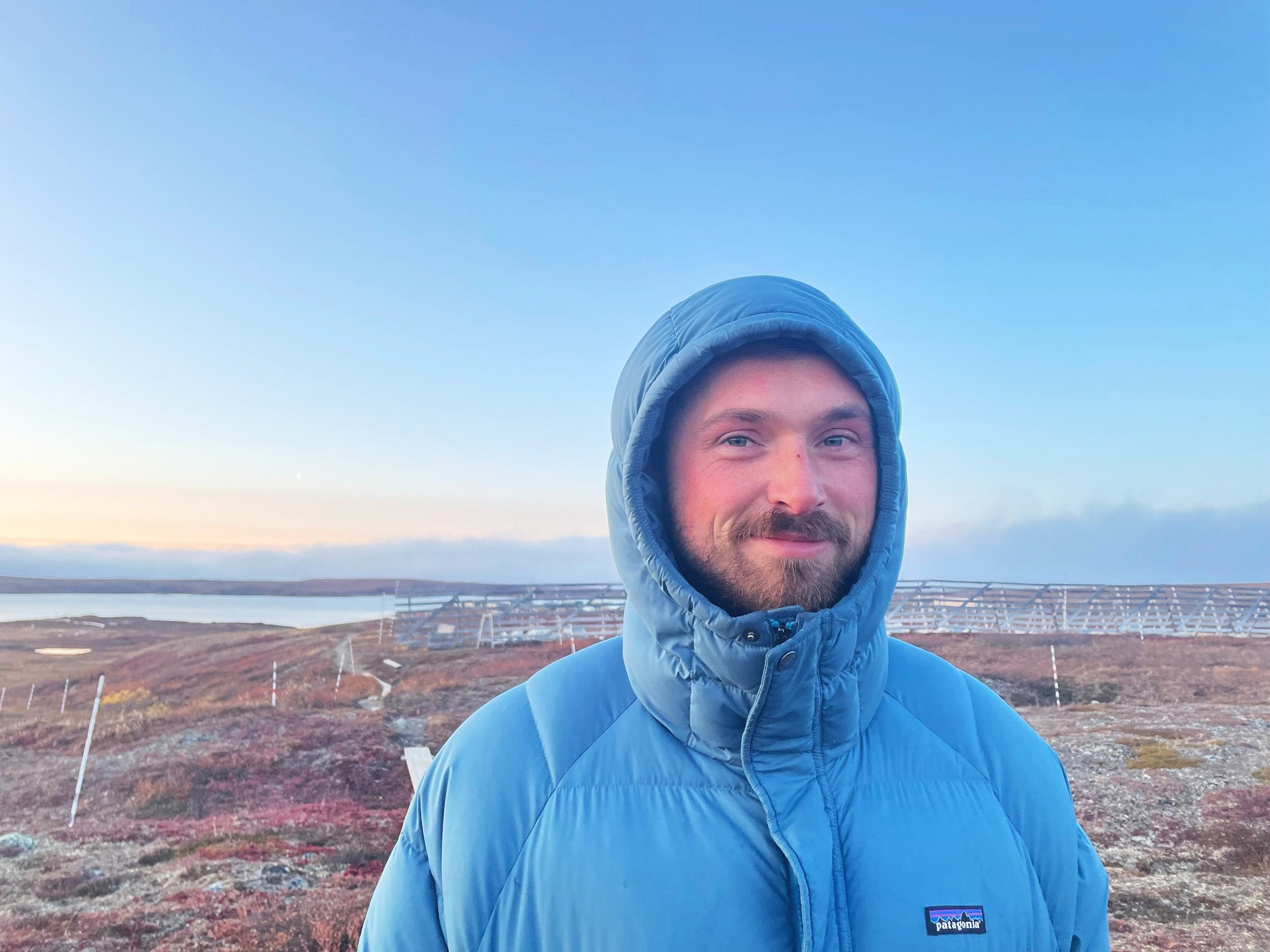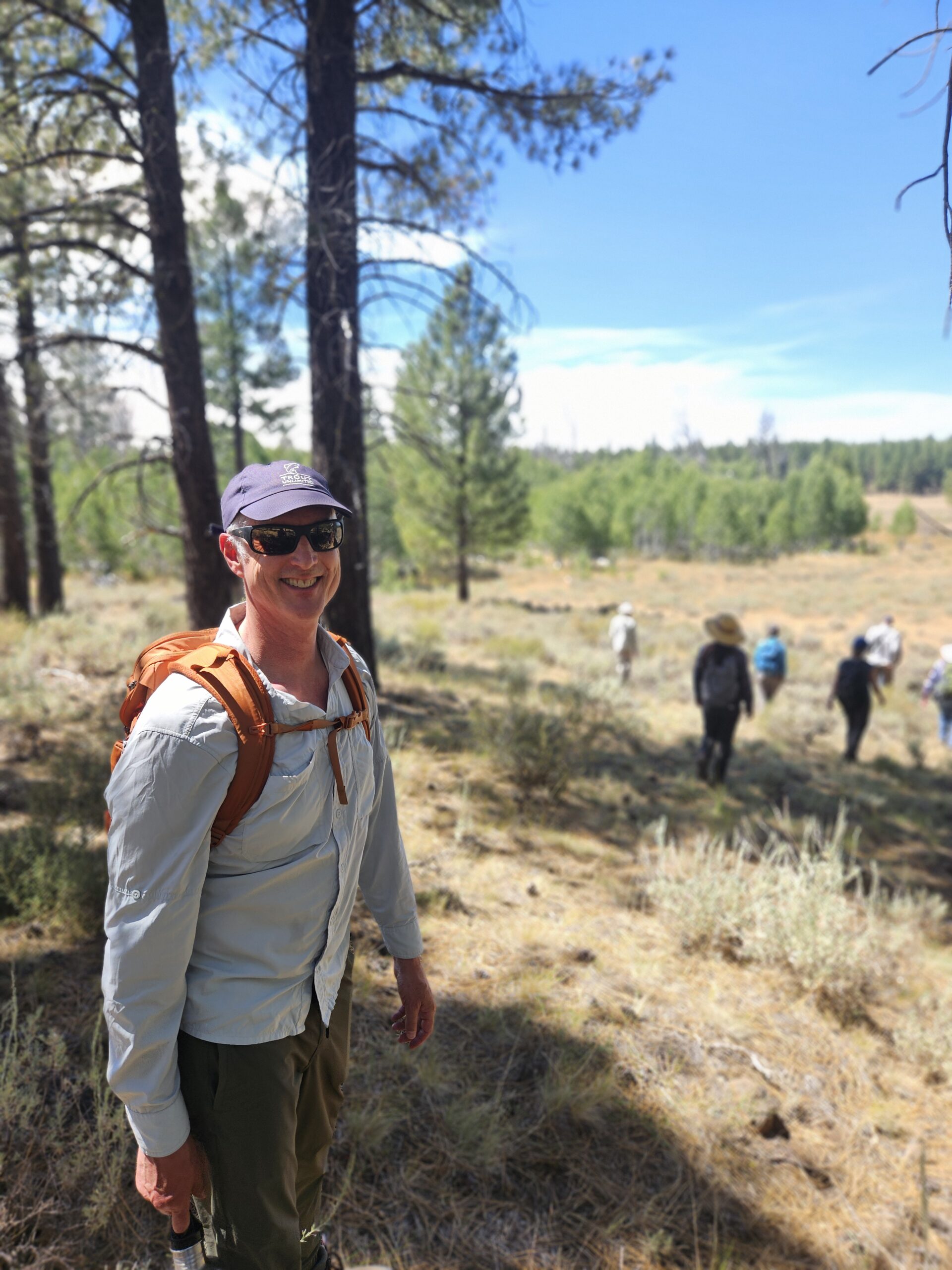Terminal Lakes

Overview
California and Nevada’s Terminal Lakes hold immense opportunities to restore native trout to their historic range and enhance world-class recreational fisheries. The region hosts iconic waters such as the Truckee and Walker Rivers, and is home to several species of native inland trout, including Lahontan Cutthroat Trout, Eagle Lake Rainbow Trout and various Interior Redband. Several species are listed as threatened or “of conservation concern” due to habitat and water loss, warming water temperatures and non-native species introduction. TU’s Inland Trout Program and Science Team have worked in the region for over two decades, building a vast community of conservation allies, protecting and restoring critical habitat, and using the best available science to advance species recovery.
Habitat Restoration
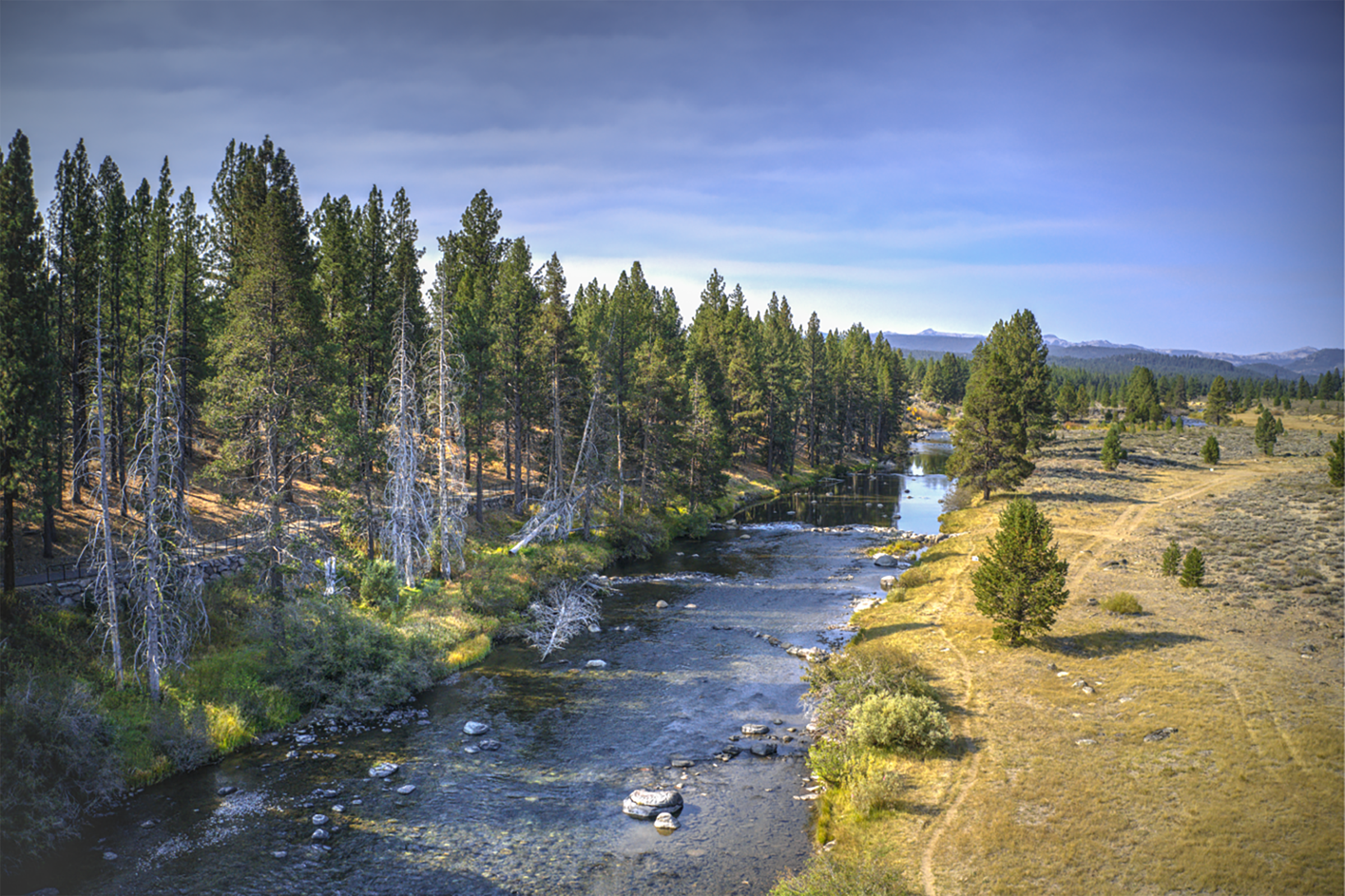
In streams and meadows throughout the Terminal Lakes basins, TU’s California Inland Trout Program is restoring degraded coldwater habitat. Our projects improve instream habitat diversity and keep water in the stream, critical actions for drought and wildlife resiliency and the protection and recovery of native and wild trout populations. In Pine Creek, the key spawning stream for native Eagle Lake Rainbow Trout, we have restored 1.5 stream miles and 40 acres of critical meadow habitat. In the next three years, an additional 9 stream miles and 7,500 acres are up for treatment.
We work closely with local TU Chapters throughout the Sierra to enhance wild trout fisheries. Collectively, in the last decade we have completed five habitat enhancement projects in the Truckee and Walker watersheds. In 2025 – 2026, we have two additional Truckee River fish habitat restoration projects planned for construction.
Science and Monitoring
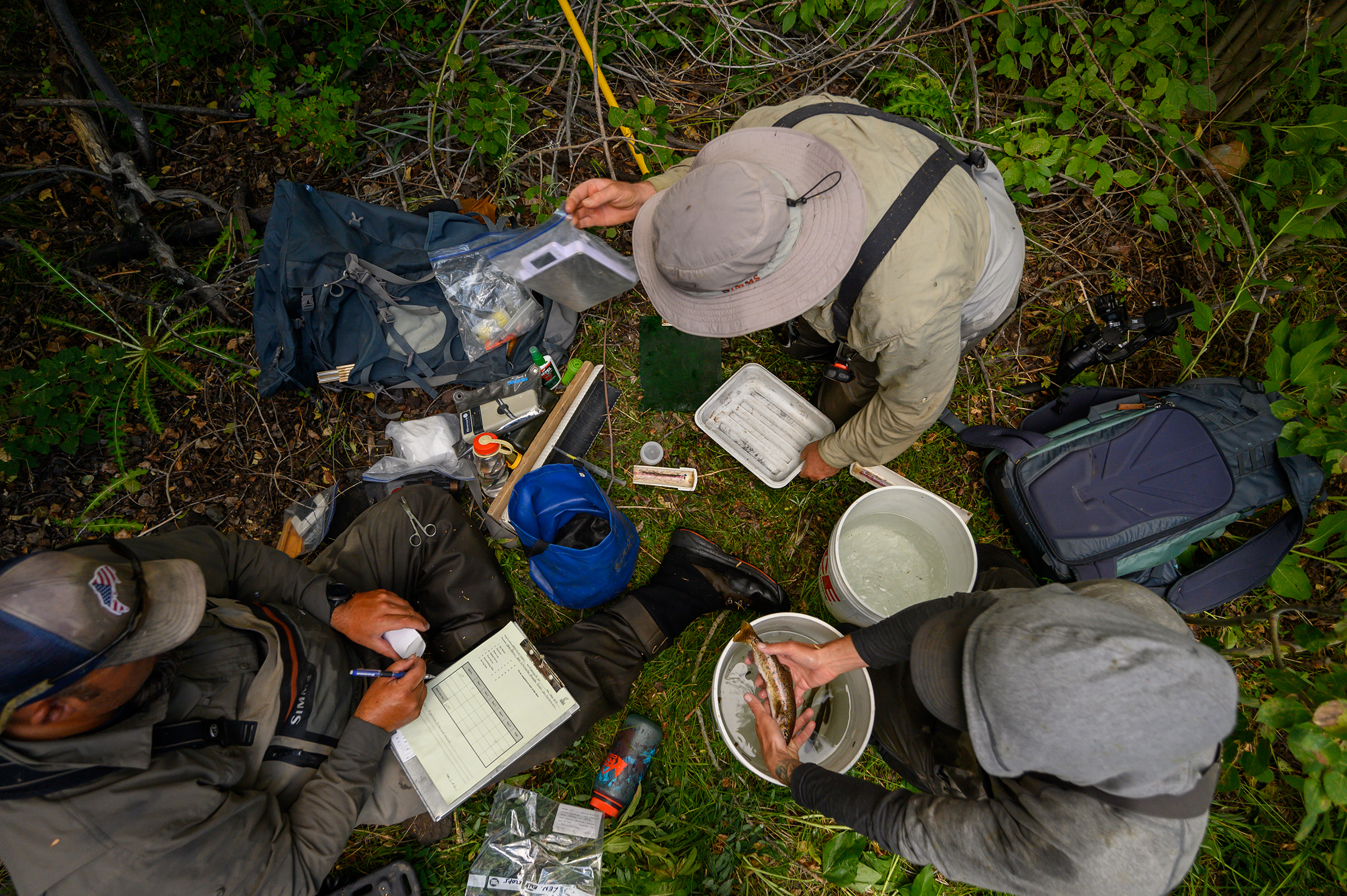
Trout Unlimited’s Science Team has provided unique capacity and expertise in the Terminal Lakes for over a decade, with a specific emphasis on threatened Lahontan cutthroat trout. We have driven genetic studies and developed population viability models to assess the status and conservation needs of this unique fish, while providing climate assessments and sampling guidance for agency partners.
Our field crews have tackled priorities identified with agency partners, including environmental DNA sampling, habitat assessment, trout population monitoring, and removing non-native species threatening unique trout populations.
Additionally, TU invests in scientifically sound restoration project effectiveness monitoring so that adaptive management decisions and future restoration projects are better informed. We utilize cutting edge remote sensing technology as a part of monitoring equipment installations and habitat condition assessments.
In partnership with TU’s Conservation hydrology Program, we currently operate ten streamflow gages, five groundwater wells and 24 stream temperature loggers across the Terminal Lakes basins. These tools monitor the predicted benefits of our restoration work, such as improved instream flow and water temperature.
Public Lands Protection & Advocacy
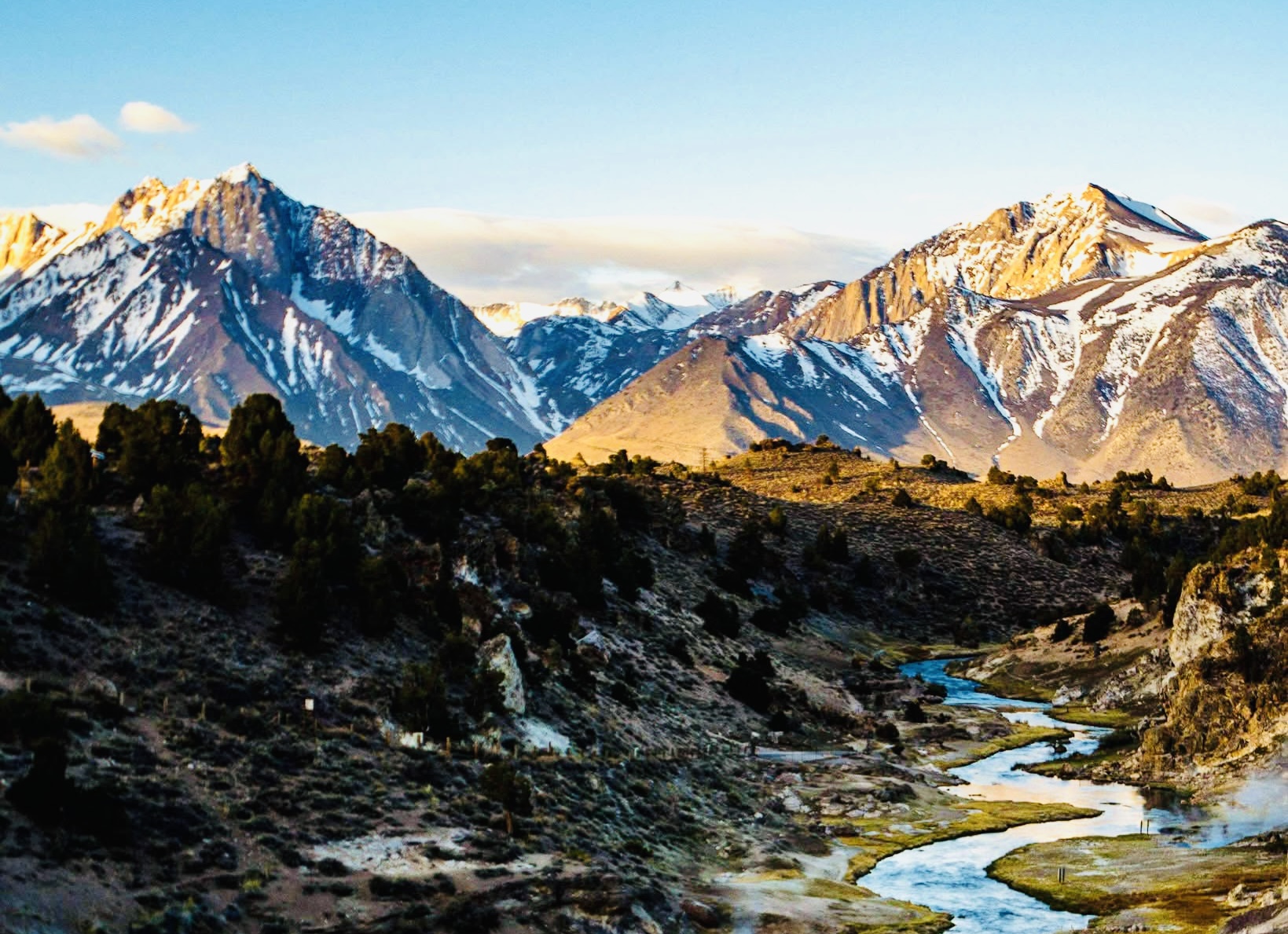
Throughout the Terminal Lakes, TU works to protect headwaters and meadow systems on public lands through legislation and improvements in resource management policy and practices. Examples include advocating for science-based angling regulations; protecting cherished streams like Hot Creek from threats such as mining; and collaborating with agencies and other stakeholders to ensure that coldwater resources are properly represented and preserved in Land Management Plans.
Community-Based River Stewardship
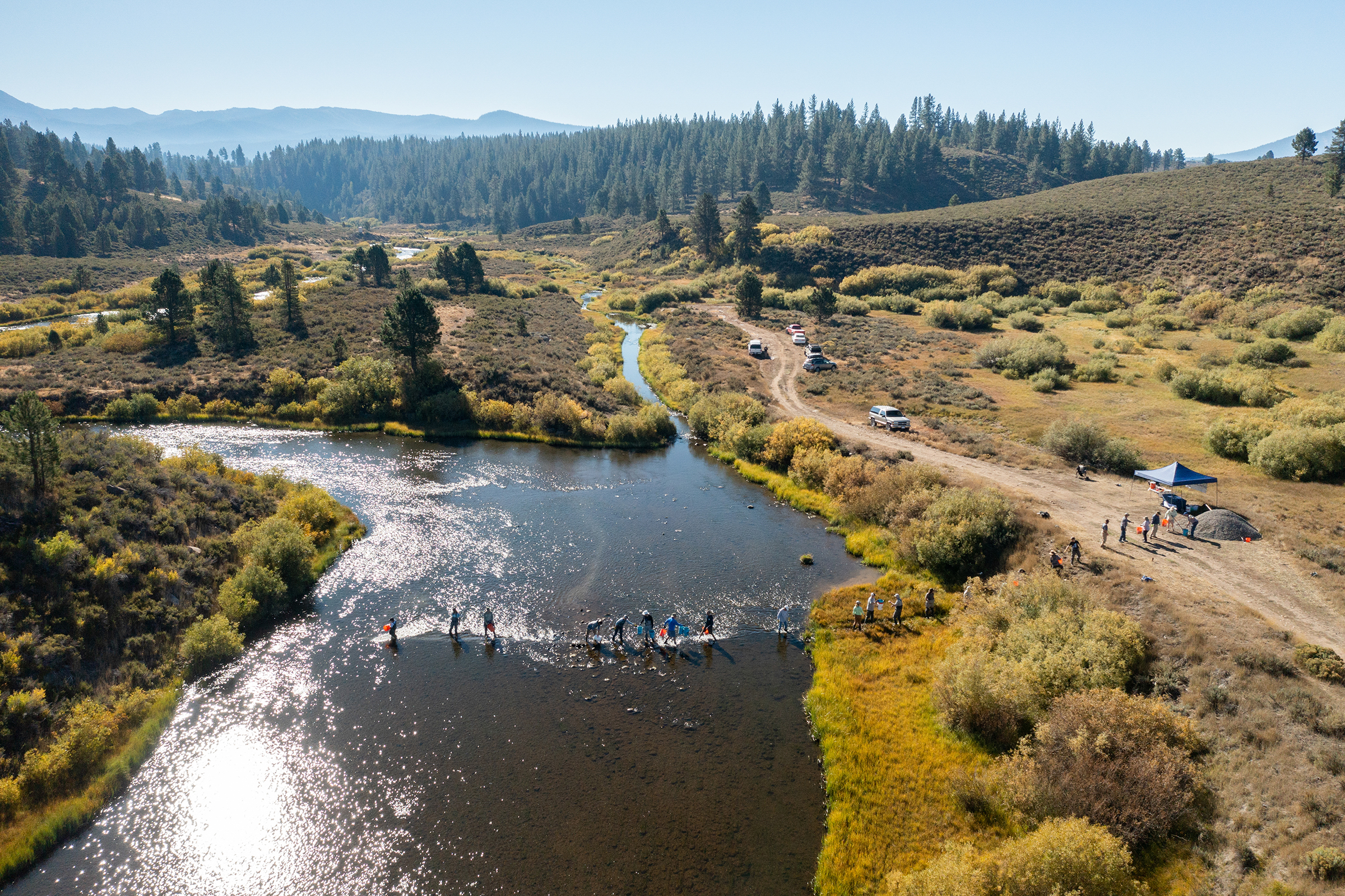
TU has an established presence in the region with a strong network of conservation allies and grassroots chapters.. For over a decade we’ve hosted annual Trout Camps and AmeriCorps internships, working to raise the next generation of river stewards. Each year, over 100 kids attend TU fishing camps throughout the region, emerging with a new understanding of the importance of conservation.
Through on-the-ground stewardship, such as river clean ups, willow plantings, and citizen science projects, we work with the community to improve their home waters and build a deeper connection with the places that we all love to fish.






